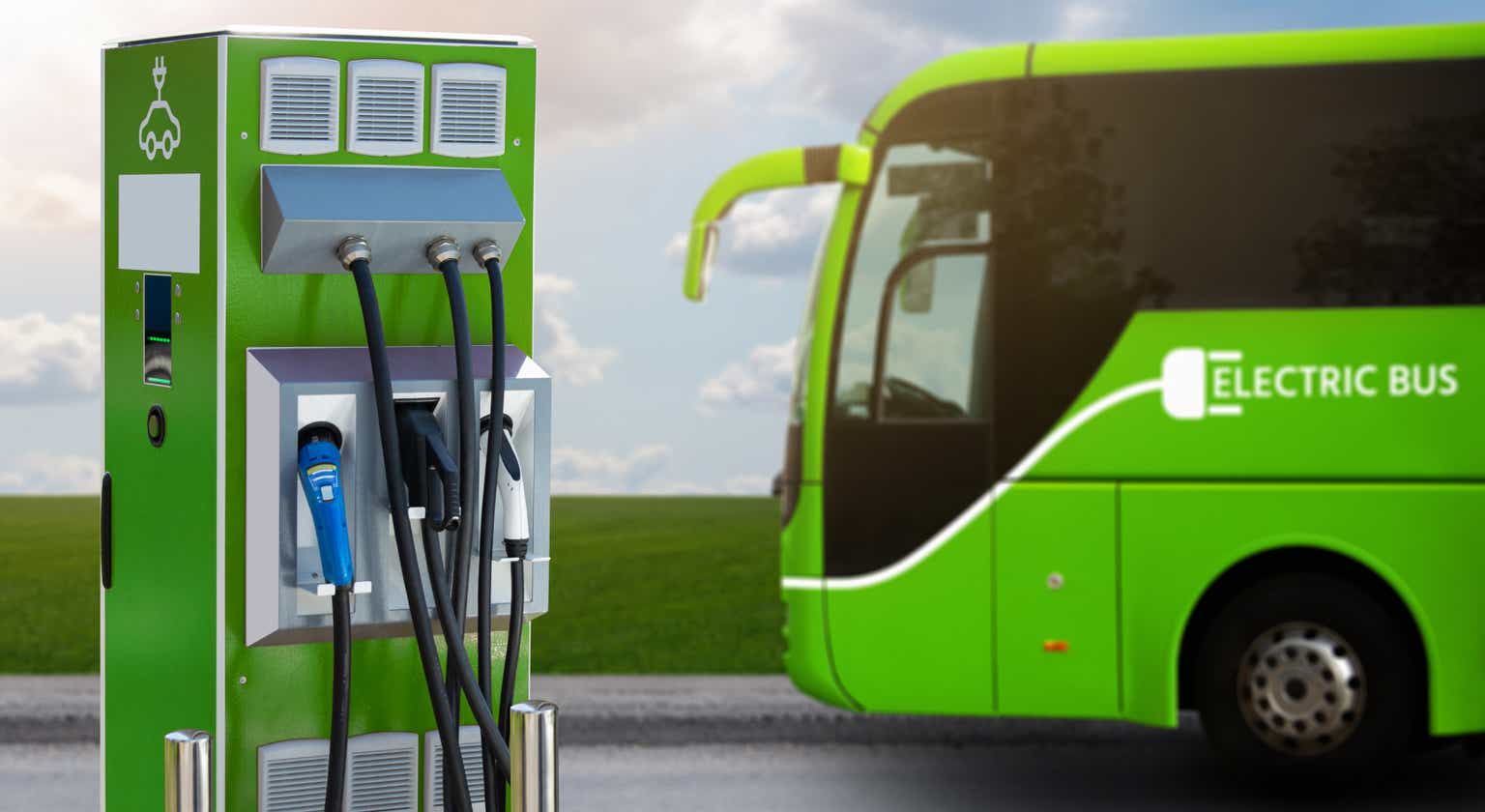Driving Toward a Greener Future: Exploring the Growth of the Electric Bus Market

The global push toward sustainable mobility has ushered in a new era in public transportation — one where zero-emission vehicles are no longer a vision of the future but a rapidly growing reality. Among these innovations, electric buses have emerged as a game-changer, transforming urban transit systems worldwide. With increasing concerns over air pollution, carbon emissions, and fossil fuel dependence, the electric bus market is witnessing unprecedented momentum.
Market Overview
The global electric bus market was valued at US$ 29.9 billion in 2023 and is projected to reach US$ 93.4 billion by 2031, expanding at a CAGR of 15.6% during the forecast period (2023–2031). This significant growth is driven by government policies, advancements in battery technologies, and the growing need for sustainable urban mobility solutions.
Electric buses offer numerous benefits, including lower greenhouse gas emissions, reduced operational costs, and quieter urban environments. As cities continue to invest in infrastructure for clean transportation, the adoption of electric buses is expected to accelerate globally.
Key Market Drivers
1. Government Regulations and Incentives
Governments across the globe are offering subsidies, tax benefits, and funding for electric bus adoption. Programs like the Zero Emission Bus Regional Deployment (ZEBRA) in Latin America and FAME II in India are prime examples. Stringent emission regulations in Europe and North America further compel public transport agencies to transition to electric fleets.
2. Rising Fuel Prices
Fluctuating fuel prices have increased the operating costs of diesel-powered buses. Electric buses, with their significantly lower running costs and reduced dependency on fossil fuels, offer a viable and cost-effective alternative over the long term.
3. Technological Advancements in Batteries
Improvements in lithium-ion battery energy density, charging speed, and lifespan are making electric buses more efficient and commercially viable. Emerging battery technologies like solid-state batteries and battery swapping systems also promise to reduce charging downtime and increase fleet availability.
4. Environmental Sustainability Goals
Public and private stakeholders are increasingly aligning their strategies with Net-Zero goals and climate action plans. Electric buses play a pivotal role in achieving carbon neutrality and building environmentally friendly cities.
5. Urbanization and Public Transit Modernization
As urban centers grow, the need for clean, high-capacity, and efficient public transit systems rises. Electric buses not only reduce emissions but also help cities modernize transit networks and improve the quality of life for residents.
Market Segmentation
The electric bus market can be segmented based on:
Propulsion Type
Battery Electric Bus (BEB)
Plug-in Hybrid Electric Bus (PHEB)
Fuel Cell Electric Bus (FCEB)
Battery electric buses dominate the market due to technological maturity and infrastructure readiness. However, fuel cell buses are gaining traction, especially in regions with a strong hydrogen economy.
Length
Less than 9 meters
9–14 meters
Above 14 meters
The 9–14 meters segment holds the largest share as it caters to typical intra-city routes, offering a balance between passenger capacity and maneuverability.
End-User
Government
Private Fleet Operators
Governments lead the adoption of electric buses through public transit agencies. However, private players in sectors like airport shuttles, tourism, and corporate transportation are increasingly deploying electric buses for sustainability branding and cost savings.
Region
Asia Pacific
Europe
North America
Latin America
Middle East & Africa
Asia Pacific, particularly China, dominates the electric bus market, accounting for more than 85% of the global fleet. Rapid urbanization, aggressive government policies, and homegrown manufacturers like BYD and Yutong support this dominance.
Emerging Trends
Vehicle-to-Grid (V2G) Technology: Enabling electric buses to supply power back to the grid during idle times, creating new revenue streams and grid stability.
Autonomous Electric Buses: Combining electric powertrains with self-driving technology for safer, more efficient urban transit.
Onboard Charging and Pantograph Systems: These technologies allow electric buses to charge on-route without needing to return to depots.
Market Challenges
Despite robust growth, the electric bus market faces some challenges:
High Initial Costs: Upfront purchase prices remain higher than traditional buses, though TCO (Total Cost of Ownership) is lower.
Charging Infrastructure Gaps: Many regions still lack sufficient fast-charging stations and maintenance capabilities.
Battery Lifecycle and Recycling: Managing end-of-life battery disposal and recycling remains an environmental concern.
Future Outlook and Growth Opportunities
The electric bus market is well-positioned for expansive growth with key opportunities in:
Developing Economies: Nations in Southeast Asia, Africa, and Latin America offer huge potential for electrified transit systems.
Battery Leasing Models: Reducing initial investment hurdles for fleet operators.
Smart Grid Integration: Leveraging AI and IoT to manage charging and energy consumption efficiently.
Public-Private Partnerships (PPPs): Collaborations to fund large-scale electric bus deployments.
Conclusion
The electric bus market is not just a trend — it’s a transformative shift in how cities envision and implement sustainable transport solutions. With strong government backing, advancing technologies, and rising environmental awareness, electric buses are driving the future of public transit. Stakeholders who invest now in innovation, infrastructure, and strategic partnerships stand to gain the most in this dynamic and high-growth market.
As we steer toward a cleaner, quieter, and more efficient future, electric buses are not merely vehicles — they are the engines of global environmental change.



Comments
Post a Comment